Abarth 500 595 695 vs Porsche Taycan – Which model is better for everyday use?
Compare performance, boot capacity, efficiency and price at a glance.
Find out which car is the better choice for you – Abarth 500 595 695 or Porsche Taycan?
Costs and Efficiency:
Price and efficiency are key factors when choosing a car – and this is often where the real differences emerge.
Abarth 500 595 695 has a convincingly advantage in terms of price – it starts at 32600 £, while the Porsche Taycan costs 87900 £. That’s a price difference of around 55380 £.
In terms of energy consumption, the advantage goes to the Porsche Taycan: with 16.70 kWh per 100 km, it’s hardly perceptible more efficient than the Abarth 500 595 695 with 17.10 kWh. That’s a difference of about 0.40 kWh.
As for range, the Porsche Taycan performs clearly better – achieving up to 680 km, about 415 km more than the Abarth 500 595 695.
Engine and Performance:
Power, torque and acceleration say a lot about how a car feels on the road. This is where you see which model delivers more driving dynamics.
When it comes to engine power, the Porsche Taycan has a clearly edge – offering 1034 HP compared to 155 HP. That’s roughly 879 HP more horsepower.
In acceleration from 0 to 100 km/h, the Porsche Taycan is clearly quicker – completing the sprint in 2.20 s, while the Abarth 500 595 695 takes 7 s. That’s about 4.80 s faster.
In terms of top speed, the Porsche Taycan performs significantly better – reaching 305 km/h, while the Abarth 500 595 695 tops out at 155 km/h. The difference is around 150 km/h.
There’s also a difference in torque: Porsche Taycan pulls significantly stronger with 1340 Nm compared to 235 Nm. That’s about 1105 Nm difference.
Space and Everyday Use:
Cabin size, boot volume and payload all play a role in everyday practicality. Here, comfort and flexibility make the difference.
Both vehicles offer seating for 4 people.
In curb weight, Abarth 500 595 695 is clearly lighter – 1410 kg compared to 2165 kg. The difference is around 755 kg.
In terms of boot space, the Porsche Taycan offers clearly more room – 407 L compared to 185 L. That’s a difference of about 222 L.
When it comes to payload, Porsche Taycan noticeable takes the win – 635 kg compared to 385 kg. That’s a difference of about 250 kg.
Who comes out on top?
Overall, the Porsche Taycan shows itself to be leaves the rival little chance and secures the title of DriveDuel Champion.
It convinces with the more balanced overall package and proves to be the more versatile choice for everyday use.
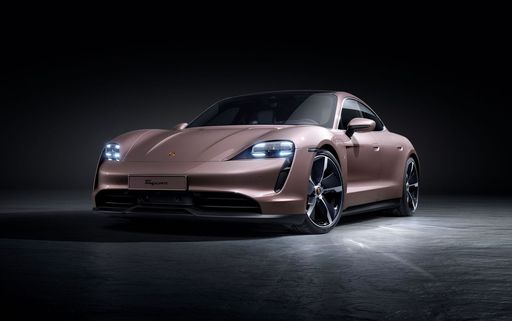 @ Dr. Ing. h.c. F. Porsche AG
@ Dr. Ing. h.c. F. Porsche AG
Porsche Taycan
Abarth 500 595 695
The Abarth 500, particularly in its 595 and 695 renditions, captures the spirit of Italian motoring with its compact yet aggressive design. Known for its lively performance and distinctive styling, this little powerhouse is a joy to drive, offering an engaging experience that appeals to enthusiasts. With its rich motorsport heritage, the Abarth 500 embodies the essence of fun and excitement on both the streets and the race track.
details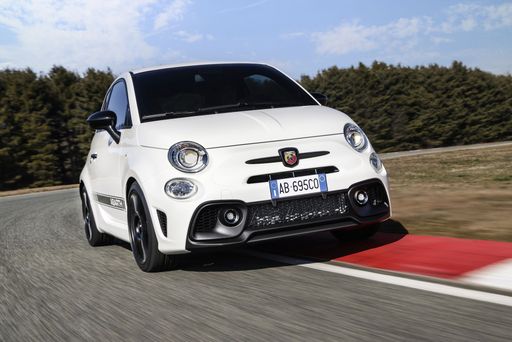 @ Abarth / Stellantis Media
@ Abarth / Stellantis Media
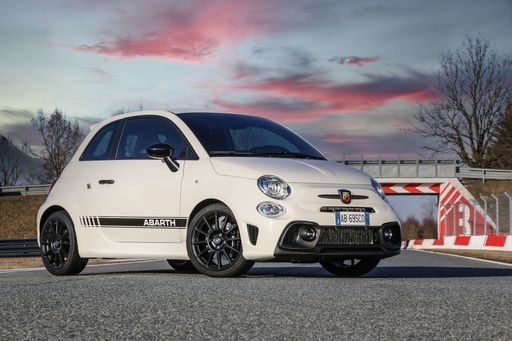 @ Abarth / Stellantis Media
@ Abarth / Stellantis Media
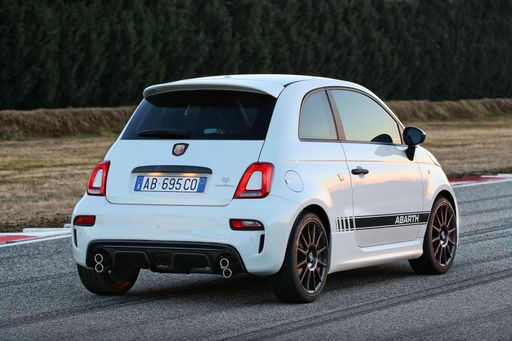 @ Abarth / Stellantis Media
@ Abarth / Stellantis Media
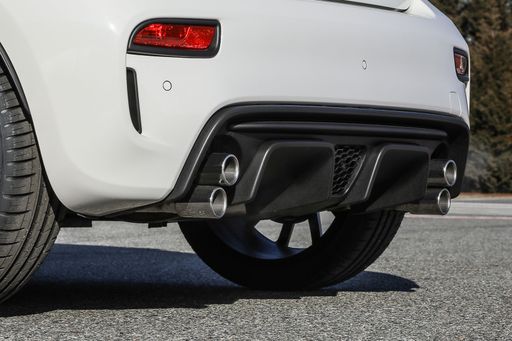 @ Abarth / Stellantis Media
@ Abarth / Stellantis Media
 @ Abarth / Stellantis Media
@ Abarth / Stellantis Media
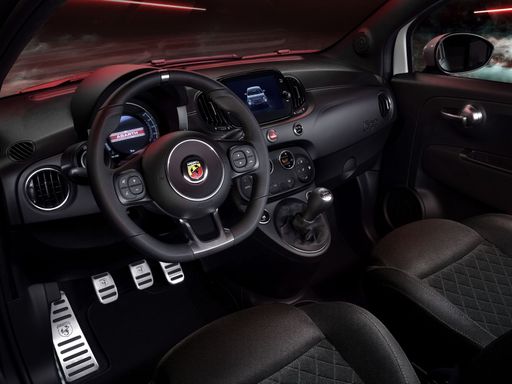 @ Abarth / Stellantis Media
@ Abarth / Stellantis Media
Porsche Taycan
The Porsche Taycan redefines the electric vehicle landscape with its stunning design and thrilling performance. With its smooth lines and athletic stance, this four-door sports car captures attention while delivering an exhilarating driving experience. Inside, the Taycan boasts a luxurious and high-tech interior, seamlessly blending comfort and cutting-edge innovation.
details @ Dr. Ing. h.c. F. Porsche AG
@ Dr. Ing. h.c. F. Porsche AG
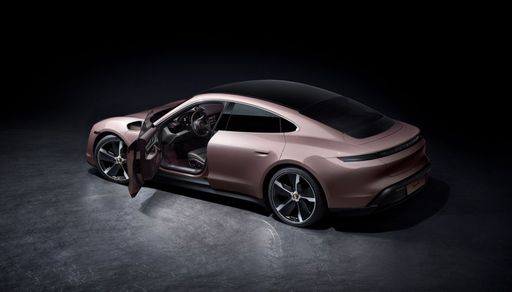 @ Dr. Ing. h.c. F. Porsche AG
@ Dr. Ing. h.c. F. Porsche AG
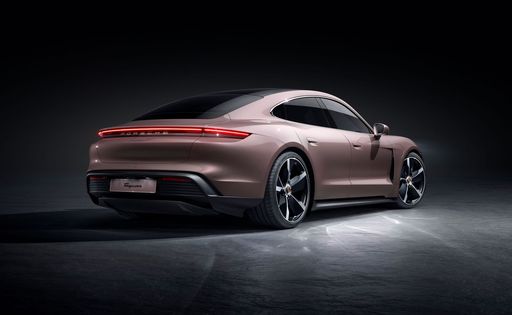 @ Dr. Ing. h.c. F. Porsche AG
@ Dr. Ing. h.c. F. Porsche AG
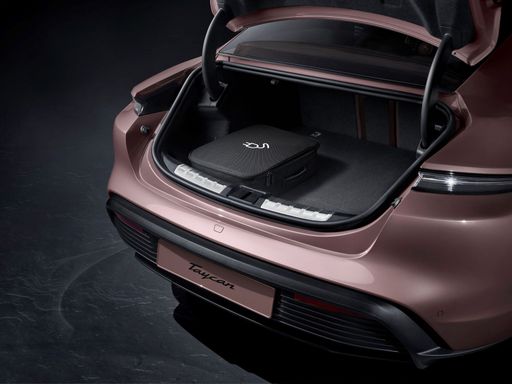 @ Dr. Ing. h.c. F. Porsche AG
@ Dr. Ing. h.c. F. Porsche AG
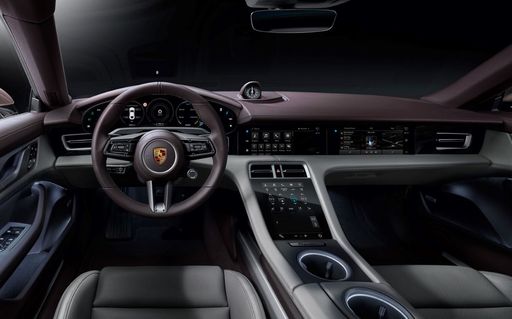 @ Dr. Ing. h.c. F. Porsche AG
@ Dr. Ing. h.c. F. Porsche AG
 @ Abarth / Stellantis Media
@ Abarth / Stellantis Media
|
 @ Dr. Ing. h.c. F. Porsche AG
@ Dr. Ing. h.c. F. Porsche AG
|
|
|
|
Costs and Consumption |
|
|---|---|
|
Price
32600 - 39400 £
|
Price
87900 - 206700 £
|
|
Consumption L/100km
-
|
Consumption L/100km
-
|
|
Consumption kWh/100km
17.1 - 18.8 kWh
|
Consumption kWh/100km
16.7 - 20.7 kWh
|
|
Electric Range
242 - 265 km
|
Electric Range
552 - 680 km
|
|
Battery Capacity
37.80 kWh
|
Battery Capacity
82.3 - 97 kWh
|
|
co2
0 g/km
|
co2
0 g/km
|
|
Fuel tank capacity
-
|
Fuel tank capacity
-
|
Dimensions and Body |
|
|---|---|
|
Body Type
Hatchback
|
Body Type
Coupe
|
|
Seats
4
|
Seats
4
|
|
Doors
3
|
Doors
4
|
|
Curb weight
1410 - 1435 kg
|
Curb weight
2165 - 2370 kg
|
|
Trunk capacity
185 L
|
Trunk capacity
326 - 407 L
|
|
Length
3673 mm
|
Length
4962 - 4968 mm
|
|
Width
1682 mm
|
Width
1966 - 1998 mm
|
|
Height
1518 mm
|
Height
1378 - 1381 mm
|
|
Max trunk capacity
550 L
|
Max trunk capacity
-
|
|
Payload
370 - 385 kg
|
Payload
175 - 635 kg
|
Engine and Performance |
|
|---|---|
|
Engine Type
Electric
|
Engine Type
Electric
|
|
Transmission
Automatic
|
Transmission
Automatic
|
|
Transmission Detail
-
|
Transmission Detail
Reduction Gearbox
|
|
Drive Type
Front-Wheel Drive
|
Drive Type
Rear-Wheel Drive, All-Wheel Drive
|
|
Power HP
155 HP
|
Power HP
408 - 1034 HP
|
|
Acceleration 0-100km/h
7 s
|
Acceleration 0-100km/h
2.2 - 4.8 s
|
|
Max Speed
155 km/h
|
Max Speed
230 - 305 km/h
|
|
Torque
235 Nm
|
Torque
410 - 1340 Nm
|
|
Number of Cylinders
-
|
Number of Cylinders
-
|
|
Power kW
114 kW
|
Power kW
300 - 760 kW
|
|
Engine capacity
-
|
Engine capacity
-
|
General |
|
|---|---|
|
Model Year
2023
|
Model Year
2024 - 2025
|
|
CO2 Efficiency Class
A
|
CO2 Efficiency Class
A
|
|
Brand
Abarth
|
Brand
Porsche
|
Is the Abarth 500 595 695 offered with different drivetrains?
The Abarth 500 595 695 is offered with Front-Wheel Drive.
The prices and data displayed are estimates based on German list prices and may vary by country. This information is not legally binding.
